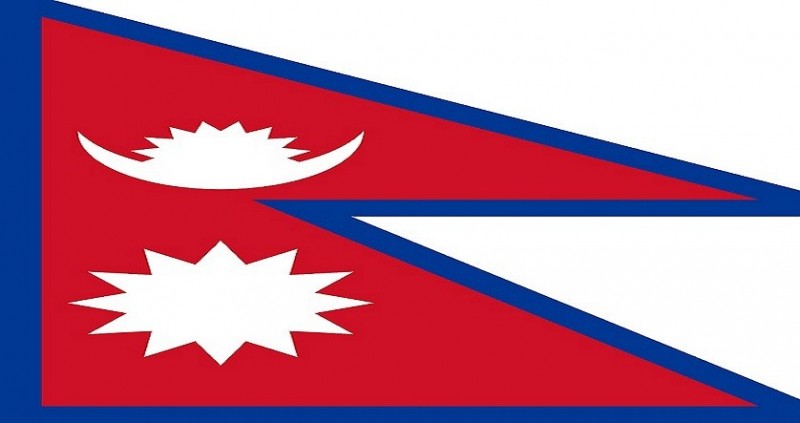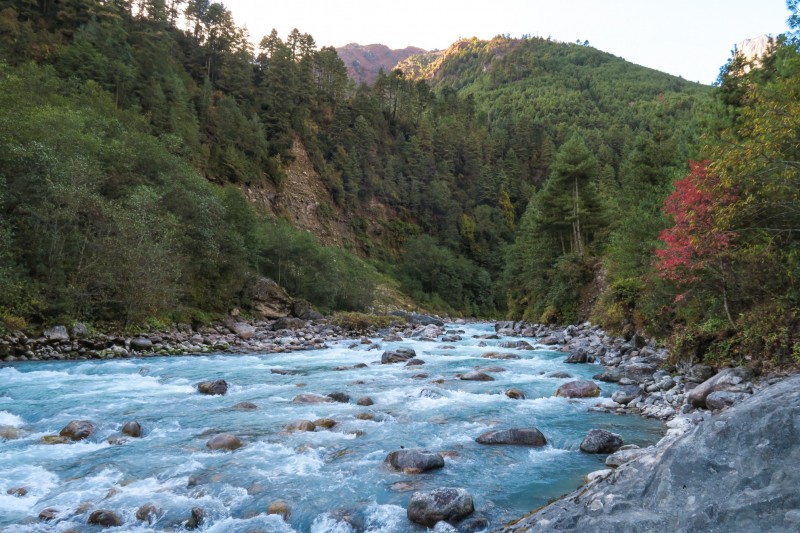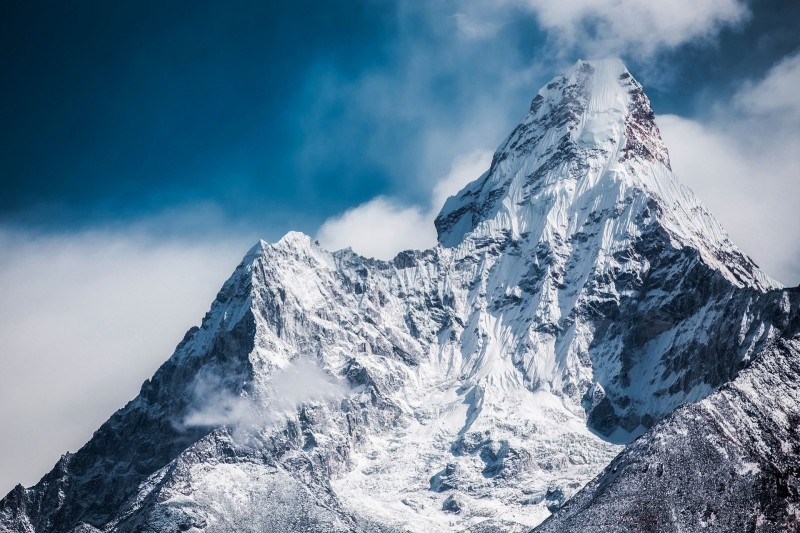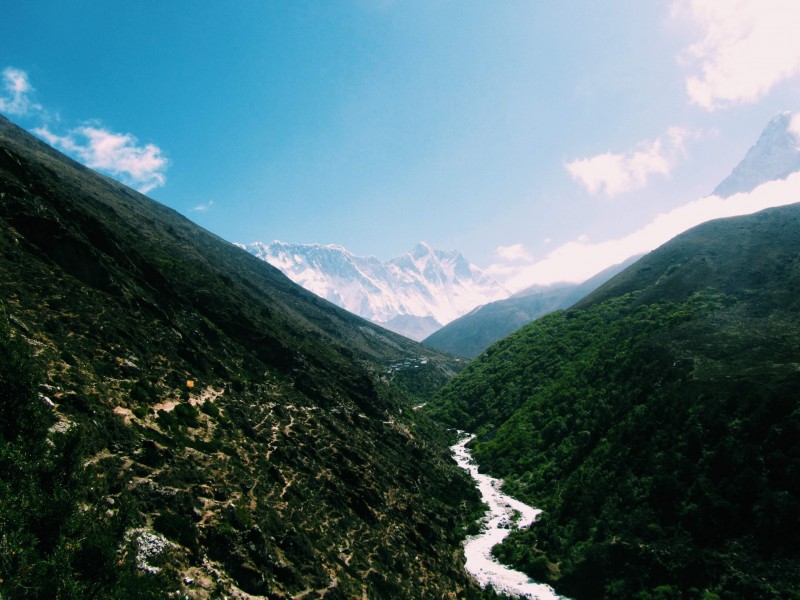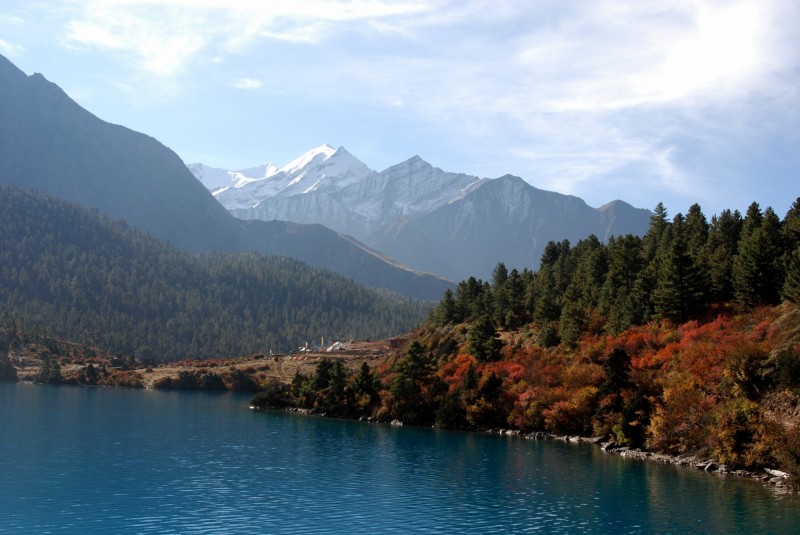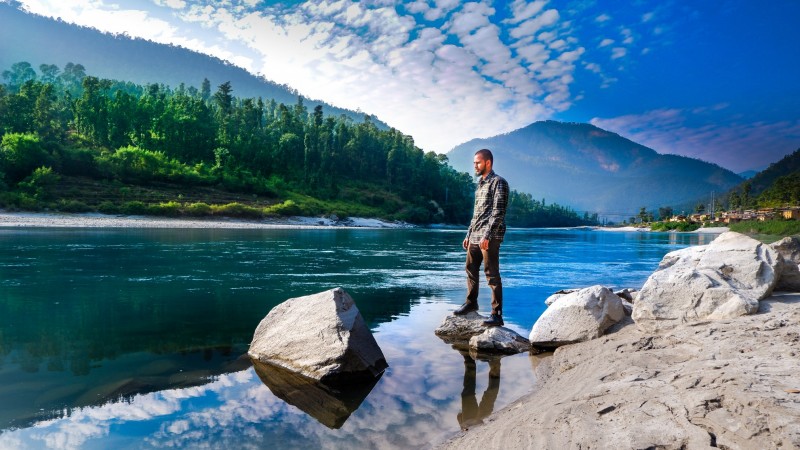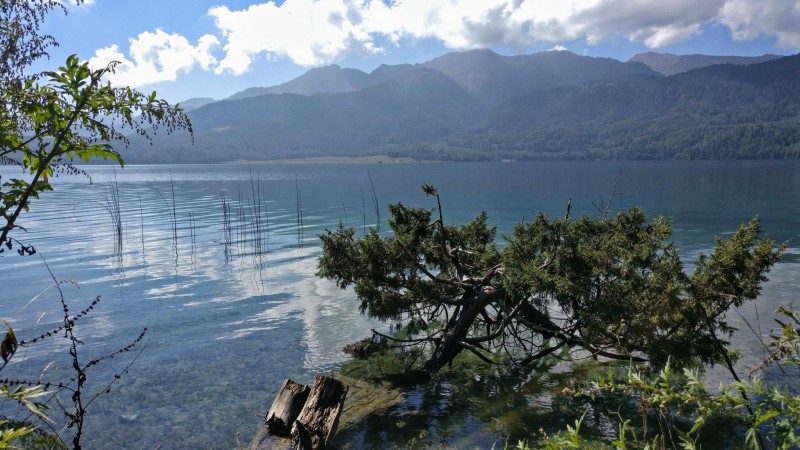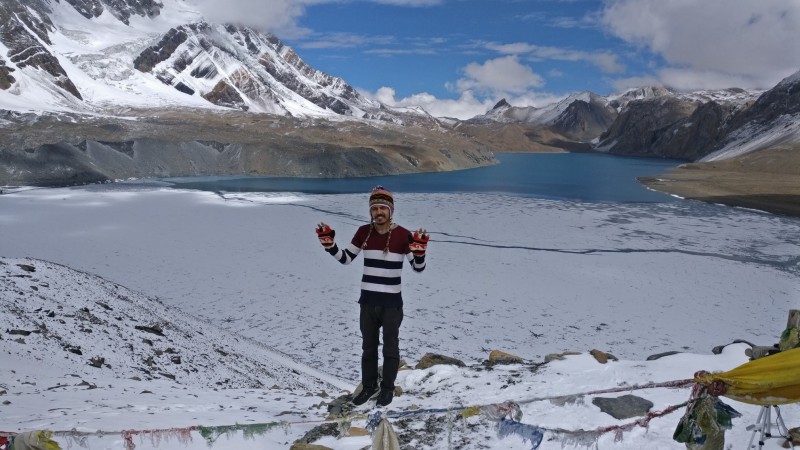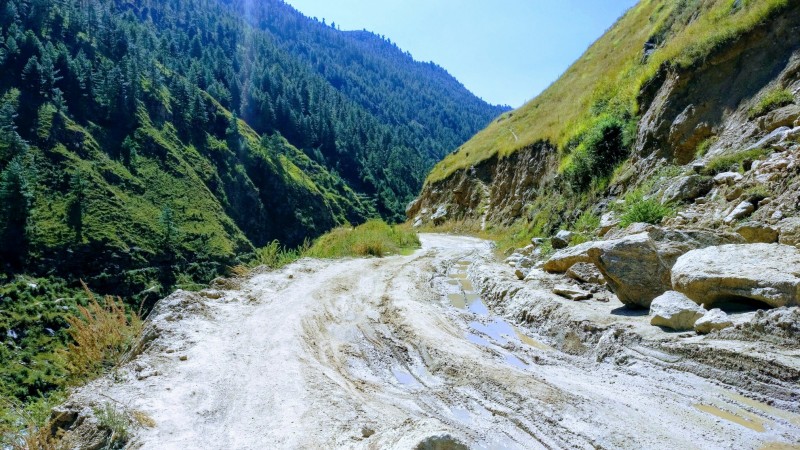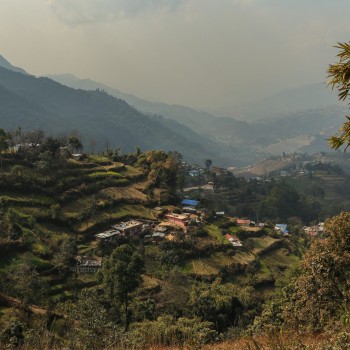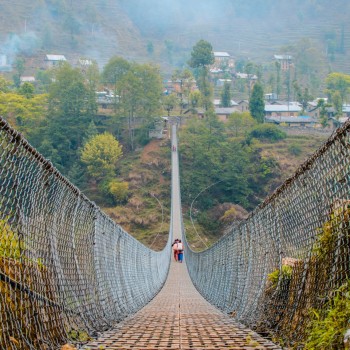Nepal
Nepal
Capital city description
Kathmandu, the capital city of Nepal and the largest city in the country, is located in the World Heritage Site Kathmandu Valley. Archaeological explorations have indicated that the town was traced between 167 BC and 1 AD, with the oldest findings being the statue in Maligaon dating back to 185 AD. Kathmandu lies in a hilly region near the confluence of Baghmati and Vishnumati River. Kathmandu is standing at 1400 meters above sea level in the bowl-shaped Kathmandu Valley of central Nepal.
One of the fascinating sights in Kathmandu is the Hanuman Dhoka, a palace complex that stems from the 4th to 8th centuries. Thirty-five courtyards were initially housed there, but a 1934 earthquake destroyed all but ten. The most famous is the Nasal Chowk, built during the Malla period and today's coronations.
Climate
- Spring: March to May
- Summer: June to August
- Moonsoon: Mid- June to September
- Summer: September to November
- Winter: December to February
Languages spoken
The official language of Nepal is Nepali, with almost 45% of the population speaking it. Nepal's second most spoken language is Maithili, while Bhojpuri is Nepal's third most spoken language.
Fun/Fascinating Facts
- During the 9th century, a new lunar calendar, the Bikram Sambhat, was introduced that is still used today. Bikram Sambhat is approximately 67 years and 8.5 months ahead of the Gregorian calendar.
- Slaughtering cows is illegal in Nepal as a national animal of the country. It is not rare to see cows wandering around the streets of Kathmandu. Notwithstanding, you can savor beef at different restaurants and eateries.
- Nepal is the only country worldwide with a non-rectangular flag. Nepal's flag is maroon-colored with two triangular shapes stacked with a dark blue border. The upper triangle consists of the moon, and the lower triangle consists of the sun.
- Nepal is one of the most affluent countries in the world. It is genuinely known as the Amazon of Asia due to the initial extensive species discovered here. Nepal has more than 900 varieties of parrots, species of birds all around the world. It has 4.2 % of the world's butterfly varieties and 3.96 % of its mammal varieties.
- The famous warriors in the world- "Gurkhas" are from Nepal. Having been protected by the world's bravest warriors, Nepal does not have an independent day as any superpowers of the world never colonized it.
Unique Customs/Traditions
- Pasni is a ceremony celebrated for the first time a child is fed rice pudding. An infant is fed food other than the mother's milk, which signifies the infant's growth to the next life stage. It is celebrated on different dates for daughters and sons as Pasni for daughters is celebrated in the 5th month and for boys in the 6th month after their birth.
- Bahra ceremony, commonly known as 'Gufa rakhne' or sun marriage, is for girls around first menstruation. Traditionally, a girl is hidden in a room where no sunlight can penetrate, and she is not allowed to see any male's face for 12 days. A voodoo doll representing Bahra Khayak(Cave ghost) is also put in one corner of the room, which the girl constantly worships. At the end of the 12 days, she is given a bath to purify herself, and she is adorned in a traditional wedding dress. After the ritual, a priest weds the girl with the sun showing her the sun's reflection from a mirror to signify the end of Gufa and the beginning of her womanhood.
- Bratabandha is a ceremony to signify the transition from boyhood into manhood. It is such an essential ritual that a man cannot marry until he has performed bratabandha. During the ceremony, the boy's head is shaved, and various practices are conducted.
- Sky burial is a unique method of funeral practice observed in the mountainous highlands such as Upper Mustang and Dolpa in Nepal. The corpse is left in specific sky burial sites to be eaten by scavenging birds and animals such as vultures, Himalayan Griffons, Lammergeier, etc. In Tibetan tradition, it is believed that it is not necessary to preserve the corpse as it is only an empty vessel.
Popular universities
| Name | Description | |
|---|---|---|
| Tribhuvan University | Tribhuvan University is a non-profit public higher education institution located in the city of Kathmandu, Bagmati Pradesh. Established in 1958 and officially recognized by the Ministry of Education of Nepal, Tribhuvan University (TU) is a vast coeducational Nepalese higher education institution. Tribhuvan University (TU) offers courses and programs leading to officially recognized higher education degrees such as bachelor's degrees in several areas of study. | |
| Kathmandu University | Kathmandu University is a non-profit public higher education institution located in the rural setting of the large town of Dhulikhel, Bagmati Pradesh. It was established in 1991. The Ministry of Education of Nepal recognizes that Kathmandu University (KU) is a small coeducational Nepalese higher education institution. Kathmandu University (KU) offers courses and programs leading to officially recognized higher education degrees such as bachelor's degrees, master's degrees, doctorate degrees in several areas of study. | |
| Pokhara University | Pokhara University is a non-profit public higher education institution located in the small city of Pokhara Gandaki Pradesh. Established in 1996 and officially recognized by the Ministry of Education of Nepal, Pokhara University (PU) is a small coeducational Nepalese higher education institution. Pokhara University (PU) offers courses and programs leading to officially recognized higher education degrees such as bachelor's degrees in several areas of study. | |
| Purbanchal University | Purbanchal University is a non-profit public higher education institution located in the small city of Biratnagar, Province No 1. Established in 1993 and officially recognized by the Ministry of Education of Nepal, Purbanchal University (PU) is an extensive coeducational Nepalese higher education institution. Purbanchal University (PU) offers courses and programs leading to officially recognized higher education degrees such as bachelor's degrees, master's degrees, doctorate degrees in several areas of study. | |
| Agriculture and Forestry University | Agriculture and Forestry University is a non-profit public higher education institution located in Bharatpur, Bagmati Pradesh. Founded in 2010 and officially recognized by the Ministry of Education of Nepal, Agriculture and Forestry University (AFU) is a coeducational Nepalese higher education institution. Agriculture and Forestry University (AFU) offers courses and programs leading to officially recognized higher education degrees in several areas of study. This institution also has branch campuses in the following locations: Hetauda, Puranchaur. | |
| Mid Western University | Mid Western University is a non-profit public higher education institution located in the small city of Birendranagar, Karnali Pradesh. Established in 2010 and officially recognized by the Ministry of Education of Nepal, Mid Western University (MWU) is a small coeducational Nepalese higher education institution. Mid Western University (MWU) offers courses and programs leading to officially recognized higher education degrees such as bachelor's degrees, master's degrees in several areas of study. | |
| Lumbini Buddhist University | Lumbini Buddhist University is a higher education institution located in the medium town of Lumbini, Province No 5. Founded in 2006 and officially recognized by the Ministry of Education of Nepal, Lumbini Buddhist University is a coeducational Nepalese higher education institution. Lumbini Buddhist University offers courses and programs leading to officially recognized higher education degrees such as bachelor's degrees, master's degrees, doctorate degrees in several areas of study. | |
| Nepal Sanskrit University | Nepal Sanskrit University is a higher education institution located in the small city of Beljhundi, Province No 5. Established in 1986 and officially recognized by the Ministry of Education of Nepal, Nepal Sanskrit University is a small coeducational Nepalese higher education institution. Nepal Sanskrit University offers courses and programs leading to officially recognized higher education degrees such as bachelor's degrees, master's degrees in several areas of study. | |
| Far Western University (FWU) | Officially recognized by the Ministry of Education of Nepal, Far Western University (FWU) is a coeducational Nepalese higher education institution. Founded in 2010, Far Western University is a non-profit public higher education institution located in the small city of Bhimdatta, Sudurpashchim Pradesh. Far Western University (FWU) offers courses and programs leading to officially recognized higher education degrees such as bachelor's degrees, master's degrees in several areas of study. | |
Festivals & Events
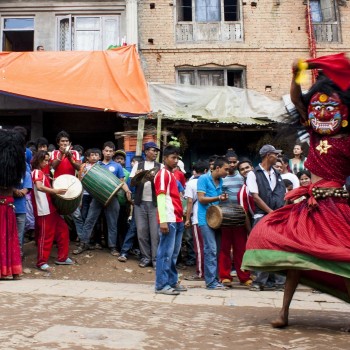
Lhosar
Date: March
Lhosar means ‘New year.’ Buddhists celebrate it all over the country at different times. Losar starts at the end of the Tibetan calendar and lasts for about two weeks. However, The first three days of this long celebration are the most significant(except the Dashain festival). Tibetans and Sherpas living in the alpine regions of northern Nepal commemorate Lhosar with religious ceremonies and parades. During the celebration, Buddhist people read prayers, decorate their houses and monasteries, offer special foods to their deities.
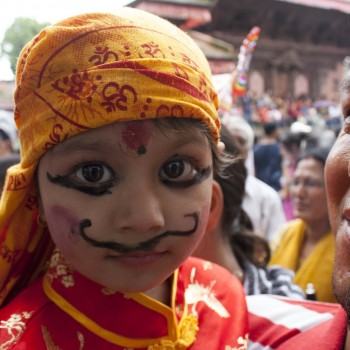
Maha Shivaratri
Date: March
Maha Shivaratri, the Night of Great Lord Shiva, is Nepal's most celebrated Hindu festival. According to the Hindu calendar, Maha Shivaratri is celebrated on the 13th night or 14th day of Phalguna (the twelfth month in the Hindu calendar). This Nepali festival is held on the date of the beautiful marriage of Lord Shiva and Parvati. Hindus believe that sincere worship of Maha Shivaratri will lead to a long marriage and many children. Nepalese women often choose this day to get married so that their husbands will live a long and healthy life under the blessing of the gods.
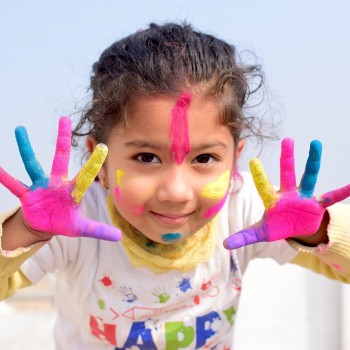
Fagu Purnima
Date: February / March
Fagu Purnima, also known as the Holi festival, is celebrated in February or March. This festival is enjoyed by spraying color water on each other. Holi is the celebration of spring. Fagu Purnima indicates the end of harsh winter, and the vegetation starts to flourish. Thus, it is time to begin agriculture. It is celebrated on two different days. The hilly regions of Nepal celebrate it on the full moon day of February or March. The natives in other areas of Nepal celebrate it on the day after full moon day.

Bisket Jatra
Date: April
Nepal has nine different New Year's. Bisket Jatra is another New year's festival, falls on the First Nepalese month of the calendar. But the New Bisket Jatra originates after a special ritual in the Bhairab temple in Bhaktapur.
People from Bhaktapur, Kathmandu, and neighboring districts come around the durbar square of Bhaktapur to see the chariots of Bhairab and Bhadrakali. The chariots are rested for some time to allow a tug of war between the eastern and western sides of the town and then move down a steep road that leads to a river.
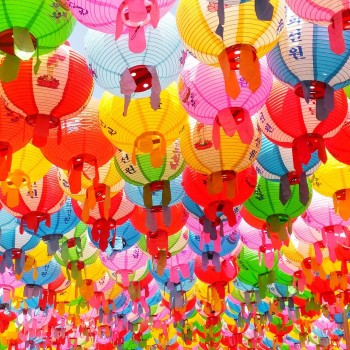
Buddha Jayanti
Date: 26th May
Buddha Jayanti is a glorious day for Buddhists all over the world. Buddha Jayanti is celebrated as the occasion of Lord Buddha’s birth, enlightenment, and death. Buddhists in Nepal commemorate Buddha Jayanti (the birth of Buddha) on the full moon day of Baishakh (Buddhist month). In Nepal, It has a special meaning for many people because Nepal is the birthplace of Shakyamuni, previously named Siddhartha Gautama. In 623 BC, King Śuddhodana Gautama and Queen Maya Devi gave birth to Prince Siddhartha Guatama in Lumbini, and the festival is to commemorate the birth of the Buddha.
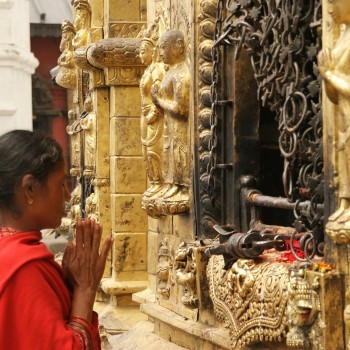
Teej
Date: September
Teej is a distinctive occasion celebrated by women all over Nepal for three days in September or October. It is an important festival for married women as they get a unique invitation to visit their maternal home and feast. On the first day, married women fast and offer rituals for the welfare and health of their husbands.
Unmarried women fast for the blessing of a happy marital life in the future. You can enjoy many unique rituals conducted by Lord Shiva and Lord Parvati in the next two days and enjoy cultural performances, exceptional delicacies, and much more.
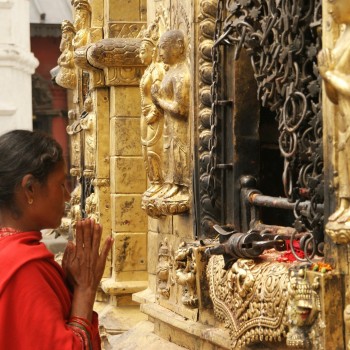
Chhath
Date: November / October
Chhath is a four-day celebration, which takes place in November or October, based on the lunar calendar. The Mithila natives celebrate this festival, and it is the iconic celebration of the Terai community. The celebrations of this Chhath are focused on paying tribute to the Sun God for his mercy and light over the people. The locals fast during the daytime, praying for prosperity and wealth.
This festival's other important rituals are holy dip in the river, water diving, preparing unique delicacies for Sun God, etc.
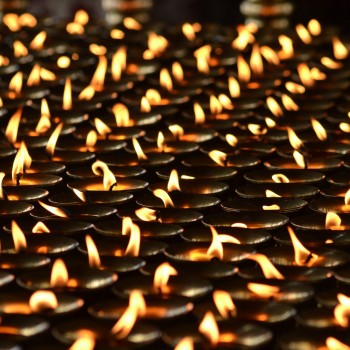
Tihar
Date: November
Tihar is Nepal’s second most famous festival after Dashain; it is most commonly known as the festival of light. Tihar is celebrated for five days. The first two days are marked by worshiping crows and dogs for a good omen. The third day is celebrated by worshiping cows. Throughout the evening of the third day, people burst crackers and light small earthen lamps in their house, same as Diwali of India. On the fourth, the ox is worshipped, and on the fifth and the last day of the Tihar is Bhai Tika, where siblings worship each other for their protection from Yama.
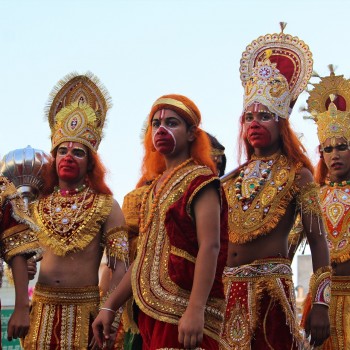
Dashain
Date: October
Dashain is the biggest and most famous annual festival in Nepal. It is a celebration of good prevailing over evil. It is held at the full moon from September to October each year for nine consecutive days. National holidays range from 10 to 15 days. The first day of Dashain is celebrated as Ghatasthapana, the beginning of the celebration. Families worship the eight tantric goddesses on the first day, and the next nine days are dedicated to each form of Durga.
Dashain is to celebrate the victory of the goddess Durga over the Demon Mahiha. According to legend, Durga, the goddess, with nine hands and ten incarnations, dressed in a red robe, riding a lion, holding different weapons and magic weapons in each hand, and backed by the gods, fought vehemently against the demons for nine days and nights.
Attractions / Top Sights
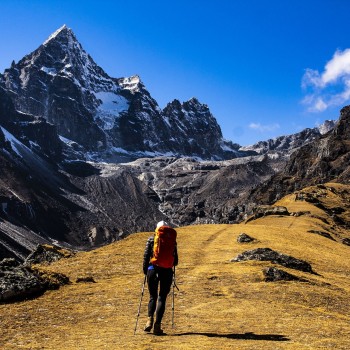
Everest Base Camps
When to visit: February to May / Mid-September to November
When to visit: https://www.adventurealternative.com/adventure-blog/how-hard-is-it-to-trek-to-everest-base-camp/
The summit of Mount Everest, the highest mountain on earth, reaches 8,848 meters (29,028 feet) high. In the Mount Everest area, Trekking became famous following the now legendary first ascent of the peak in 1953 by Edmund Hillary from New Zealand and the Sherpa Tensing Norgay. Perching at the top of the world, Mount Everest is a remarkable reminder of our small role on this planet.
The Everest Base Camp trek (EBC) is probably the most exciting and picturesque Nepalese Himalaya. Visitors are welcome to visit Everest Base Camp. Helicopter trips are a popular way to see the base camp, as is the ‘Everest Base Camp Trek’ has become increasingly famous in recent years. Holy sites are worshiped to ensure safe travels.

Annapurna Sanctuary
When to visit: September to November
The Annapurna Sanctuary sits on a high glacial basin encircled by surrounding mountains that can be reached via a 10 to 15-day trek. Nevertheless, it’s more about the journey than the destination.
The Annapurna Sanctuary is reached mid-trip, but the entirety of the trek gives incredible views of the surrounding Himalayan mountain range.
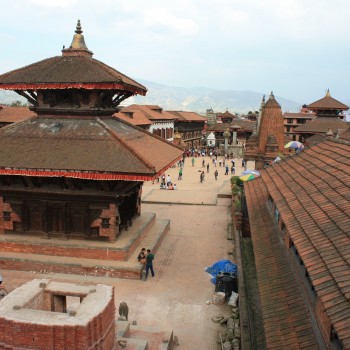
Bhaktapur
When to visit: In Spring and Autumn
When to visit: https://whc.unesco.org/en/documents/103370
Bhaktapur, the third of the "Royal Cities," rests on the old trade route to Tibet outside Kathmandu. For Bhaktapur, the trade route was both an arterial link and a significant source of wealth. Its relative remoteness allowed the city to develop independently and in ways that recognized it from the other two cities.
The whole area is a UNESCO World Heritage Site. There are outstanding examples of intricate wooden or stone carvings throughout the square and its many ancient buildings and temples. These attractions include the 55 Window Palace, Golden Gate, Lion Gate, and the Mini Pashupati Temple.
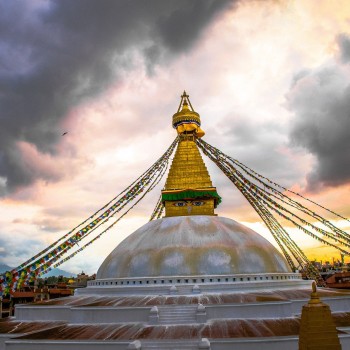
Boudhanath Stupa
When to visit: February to March
One of the largest Buddhist stupas in the world lies on the old trade route to Tibet and is a UNESCO World Heritage Site, the Boudhanath Stupa. It is found just outside the big city of Kathmandu. It was probably created in the 14th century after the Mughal invasions. The Stupa presents stunning views of Kathmandu and the valley surrounding it. Hundreds of colorful prayer flags flap in the wind around the stark white and gold monument.
At the base of the Stupa are four pairs of eyes, which represent Buddha’s all-seeing, all-knowing nature. Many Tibetan Buddhists reside around the Stupa, many of whom fled as refugees from their home country.
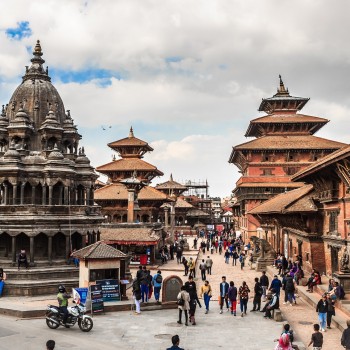
Kathmandu Valley
When to visit: September to December
When to visit: https://whc.unesco.org/en/list/121
The capital and largest city in Nepal, Kathmandu, was one of three rival royal cities, along with Bhaktapur and Patan, located in the foothills of the Himalayas; the Kathmandu Valley World Heritage property is inscribed as seven Monument Zones.
Kathmandu's Durbar Square, a UNESCO World Heritage Site, was the largest palace squares in the three royal cities and was the city's highlight. Temples and monuments of varying shapes, sizes, styles, and faiths can be found here.
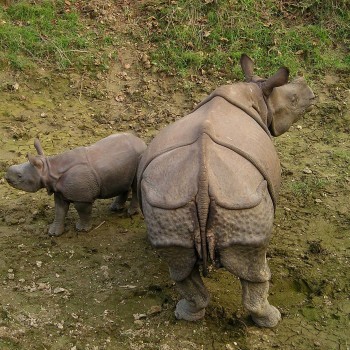
Chitwan National Park
When to visit: April and May
Chitwan National Park is a beautiful place for wildlife viewing, and it has a safari-type atmosphere. At an altitude of only 100 meters in some areas, much lower than Kathmandu at 1,400 meters. It is famously home to some of the world's last surviving populations of one-horned rhinos and iconic animals like Bengal tigers, leopards, sloth bears, gaur (buffalo), deer, and others this national park protects.
More than 500 species of birds make Chitwan a paradise for ornithologists. Freshwater dolphins (Gangetic) and crocodiles inhabit the rivers and streams but are rarely seen. The landscape is astonishingly lush and consists of expansive grasslands, dense jungles, and high mountain ranges. Safaris are a popular way to see the park.
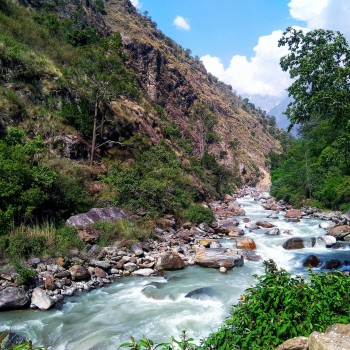
Bhote Koshi
When to visit: September to May
The Bhote Koshi is the upper river course of the Sun Kosi river that originates in Tibet, located just a few hours north-west of Kathmandu near the Nepalese and Tibetan border, nestled between mountain ranges. Bhote Koshi offers the steepest river rafting in all of Nepal.
The glacier-fed river offers Level 5 rapids at its height, but if that’s not enough action, there is also an exciting bungee jump located dauntingly high above the river. It is the highest free-fall in the world. Notwithstanding the nature of the sport, the bungee is remarkably safe; it was designed by the Kiwis behind the famous Queenstown bungee jump in New Zealand.
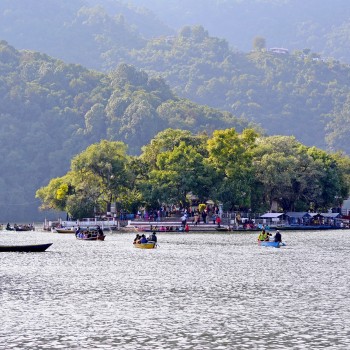
Phewa Lake
When to visit: In Spring time.
This stunning Phewa freshwater lake is the second-largest in Nepal and reflects its waters' impressive Annapurna mountain range. Most hotels and restaurants lie on the opposite side of the lake from the mountain range and thus offer lovely views. The other side of the lake is too dense with forests and steep hills to be developed. In the center of the lake sits the holy temple of the Goddess Durga. Named the Tal Barahi Temple, this pagoda can only be reached by boat and is very popular with visitors and pilgrims alike.















